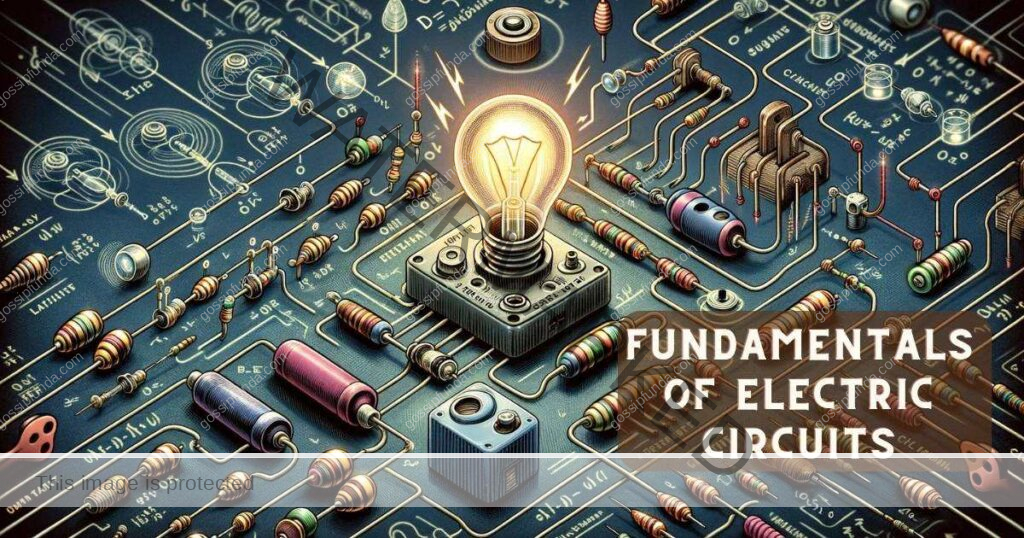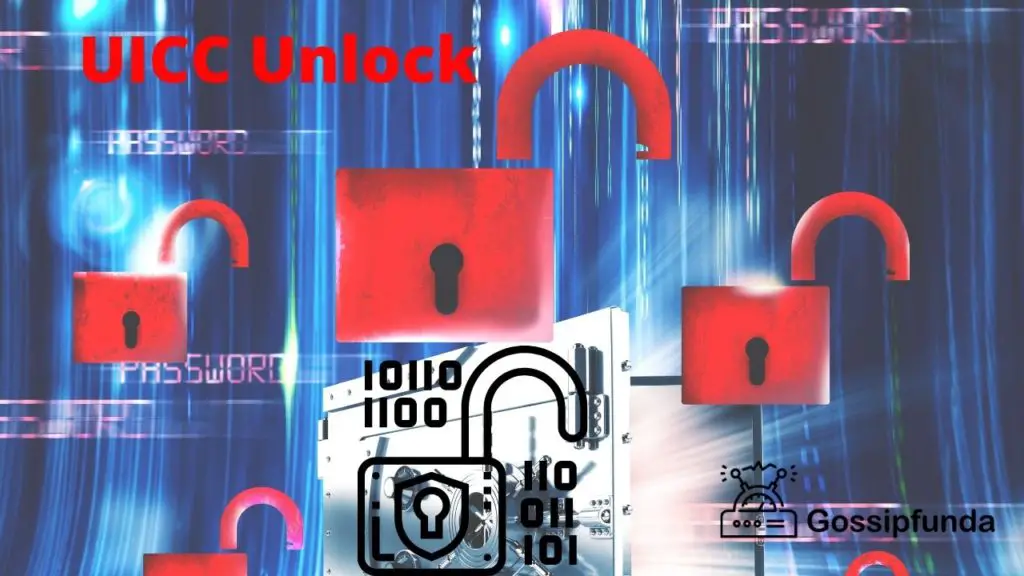Electric circuits are the backbone of modern technology, powering everything from household appliances to sophisticated computing devices. A fundamental understanding of electric circuits is crucial for students, professionals, and hobbyists in the field of electrical engineering and electronics. This comprehensive guide will delve into the basics of electric circuits, their components, types, and principles of operation, providing a solid foundation for further exploration in the realm of electronics.
Introduction to Electric Circuits
An electric circuit is a pathway made of wires and other components through which electric current can flow. The purpose of an electric circuit is to transfer electrical energy from a power source to a device or a load, such as a light bulb, motor, or computer. The basic requirements for a circuit to function are a power source, conductive path, and a load.

Components of Electric Circuits
1. Power Source
The power source is the origin of electrical energy in a circuit. It provides the necessary electromotive force (EMF) for current to flow. Common examples include:
- Batteries: Convert chemical energy into electrical energy, offering portability and convenience.
- AC Power Supplies: Convert electric power from outlets into usable power for electronic devices, providing a steady flow of AC or DC current.
- Generators: Convert mechanical energy into electrical energy, often used in power stations.
2. Conductors
Conductors are materials that allow the flow of electric current with minimal resistance. They connect various components within a circuit, enabling the current to travel through the intended path. The most common conductors are:
- Wires: Typically made of copper or aluminum due to their low resistivity and high conductivity.
- Printed Circuit Board (PCB) Traces: Copper pathways etched onto a non-conductive substrate, used in most modern electronic devices.
3. Resistors
Resistors are perhaps the most fundamental components used to control or limit the flow of electric current in a circuit. They are characterized by their resistance value, typically measured in ohms (Ω). Key aspects include:
- Fixed Resistors: Have a defined resistance value.
- Variable Resistors (Potentiometers and Rheostats): Allow for adjustable resistance, useful for tuning and calibration.
Resistors are essential for tasks like adjusting signal levels, dividing voltages, and limiting current to prevent component damage.
Don’t miss: Designing Sequential Circuits through Verilog
4. Capacitors
Capacitors store and release electrical energy in the form of an electric field. They are crucial for various applications such as:
- Timing and Delay Circuits: Use the charging and discharging cycles of capacitors.
- Filter Circuits: Smooth out voltage fluctuations in power supplies.
- Coupling and Decoupling: Connect two circuits to transfer energy or block DC while allowing AC signals to pass.
Capacitors are characterized by their capacitance value, typically in farads (F), and their voltage rating.
5. Inductors
Inductors store energy in a magnetic field when electric current flows through them. They are often used in:
- Filters and Tuners: Block or pass signals of certain frequencies.
- Transformers: Transfer electrical energy between circuits through electromagnetic induction.
- Energy Storage: In power supplies and converters.
The inductance of an inductor is measured in henries (H), and its value determines its ability to resist changes in current.
6. Switches and Relays
Switches and relays are used to control the flow of current by making, breaking, or changing the connections in a circuit. While switches are typically operated manually, relays are electrically operated switches that allow a circuit to be controlled by a separate low-power signal.
7. Diodes
Diodes are components that allow current to flow in only one direction, featuring a high resistance in one direction and low resistance in the other. They are used for:
- Rectification: Converting AC to DC.
- Signal Modulation: In radios and other communication devices.
- Protection: Preventing reverse current flow that could damage components.
8. Transistors
Transistors are semiconductor devices used to amplify or switch electronic signals. They are the building blocks of modern electronics, found in everything from amplifiers to computers. Transistors can be used as:
- Switches: Turning current on or off in digital circuits.
- Amplifiers: Increasing the power of a signal.
9. Integrated Circuits (ICs)
Integrated circuits, or chips, are compact units containing many interconnected components like transistors, resistors, and capacitors. ICs can perform a vast array of functions, from simple logic operations in microprocessors to complex signal processing in smartphones.
Types of Electric Circuits
Electric circuits are classified based on their structure and the type of current they carry. Understanding the types of electric circuits is fundamental for anyone involved in electrical engineering, electronics, or related fields. Here, we’ll explore the main types of electric circuits, focusing on their characteristics, applications, and how they differ from one another.
1. Series Circuits
In a series circuit, components are connected end-to-end, forming a single path for the flow of electric current. Characteristics and implications of series circuits include:
- Single Path: Current flows through one component after another, with the same current passing through all components.
- Voltage Division: The total voltage across the circuit is divided among the components based on their resistance.
- Current Consistency: The current is the same at all points in the circuit, determined by the total resistance and the supply voltage.
- Dependency: If one component fails or is disconnected, the entire circuit is interrupted, similar to a string of Christmas lights going out when one bulb burns out.
Series circuits are often used in applications where the operation of one device depends on the operation of another, such as in old-fashioned Christmas light strings.
2. Parallel Circuits
In parallel circuits, components are connected across common points or junctions, providing multiple paths for the flow of electric current. Features of parallel circuits include:
- Multiple Paths: Current can flow through multiple components simultaneously.
- Voltage Uniformity: The voltage across each parallel branch is equal to the supply voltage.
- Current Division: The total current from the power source is divided among the parallel branches according to their resistance.
- Independence: Each component operates independently. If one component fails, it does not affect the operation of others in different branches.
Parallel circuits are widely used in household wiring, allowing appliances and lights to operate independently of each other.
3. Series-Parallel Circuits
Series-parallel circuits combine elements of both series and parallel configurations. They exhibit characteristics such as:
- Complexity: These circuits have components arranged in both series and parallel configurations, offering more complex control over current and voltage.
- Flexibility: Allows for different parts of the circuit to have different currents and voltages, suitable for complex electronic devices.
- Customization: The arrangement can be tailored for specific requirements, such as delivering different voltages or currents to various components within the same circuit.
Series-parallel circuits are common in electronic devices like radios and televisions, where different components require different voltage levels.
4. Simple Circuits
A simple circuit consists of a single power source, a conductive path, and a load (such as a light bulb or a resistor). Simple circuits are foundational in understanding electrical principles, serving as the basic structure from which more complex circuits are built.
5. Complex Circuits
Complex circuits contain multiple power sources, loads, and a combination of series and parallel connections. They may also include various electronic components like diodes, capacitors, and transistors. Complex circuits are typical in advanced electronic devices, including computers, smartphones, and sophisticated control systems.
AC (Alternating Current) and DC (Direct Current) Circuits
- DC Circuits: In direct current circuits, electricity flows in one constant direction. DC is used in battery-powered devices, automotive applications, and other low-voltage or portable devices.
- AC Circuits: In alternating current circuits, the direction of current flow reverses periodically, typically many times per second. AC is the standard form of power for homes and businesses, providing an efficient means of generating, transmitting, and distributing electrical energy over long distances.
Ohm’s Law and Circuit Analysis
Ohm’s Law is a fundamental principle in the study of electric circuits, stating that the current through a conductor between two points is directly proportional to the voltage across the two points and inversely proportional to the resistance between them. This principle is represented by the equation:
I=R/V
where I is the current, V is the voltage, and R is the resistance.
Circuit analysis involves calculating the current, voltage, and resistance in various parts of a circuit. Techniques like Kirchhoff’s laws, Thevenin’s theorem, and Norton’s theorem are essential tools for analyzing complex circuits.
AC and DC Circuits
Electric circuits can operate on either Alternating Current (AC) or Direct Current (DC). DC circuits have electrical currents flowing in one direction, commonly found in batteries and DC power supplies. AC circuits, where the current periodically reverses direction, are used in household power systems and many industrial applications. Understanding the differences and applications of AC and DC is crucial for designing and analyzing electrical systems.
Practical Applications and Safety
Electric circuits are integral to countless devices and systems. From simple gadgets like flashlights to complex systems like computers and telecommunications, circuits are the enabling technology. Safety is paramount when working with electric circuits. Precautions include using protective equipment, understanding the circuit before powering it, and always adhering to safety standards and guidelines.
Conclusion
The fundamentals of electric circuits form the cornerstone of electrical engineering and electronics. Mastery of these basics opens the door to innovation and advancement in technology. Whether you’re a student starting out, a professional brushing up on basics, or a hobbyist working on DIY projects, a solid grasp of electric circuit principles is essential for success in this electrifying field.
By diving deep into the components, types, and principles of electric circuits, this guide offers a stepping stone towards a more advanced understanding and application of electrical engineering concepts. The journey through the world of electric circuits is not just academic; it’s a pathway to innovation and technological advancement.
Rahul Kumar is a passionate tech journalist and gaming expert with a knack for breaking down complex game mechanics into easy-to-follow guides. With years of experience covering multiplayer shooters and strategy games, he specializes in troubleshooting gaming errors, optimizing performance, and enhancing the overall gaming experience. When he’s not diving into the latest co-op titles, you’ll find him testing new hardware, exploring hidden gaming tricks, or engaging with the gaming community to bring the most effective solutions. Follow Rahul for in-depth gaming insights, practical fixes, and all things action-packed! 🚀🎮


